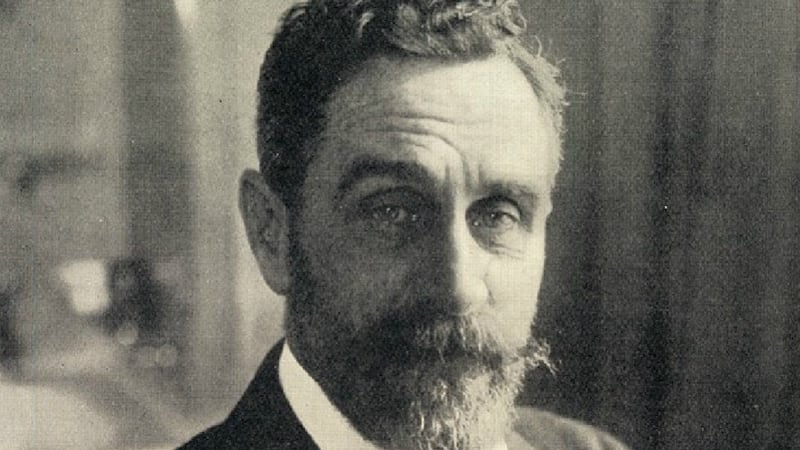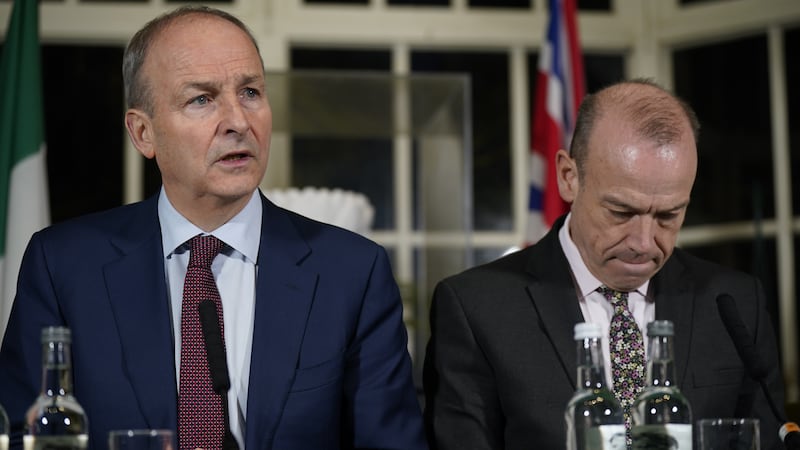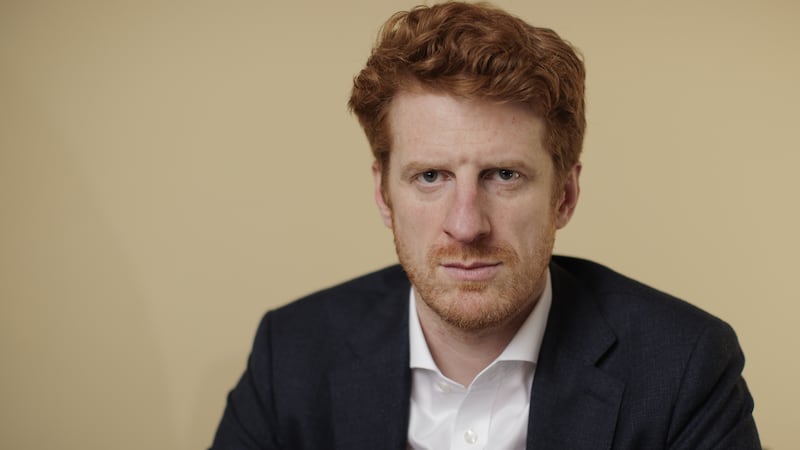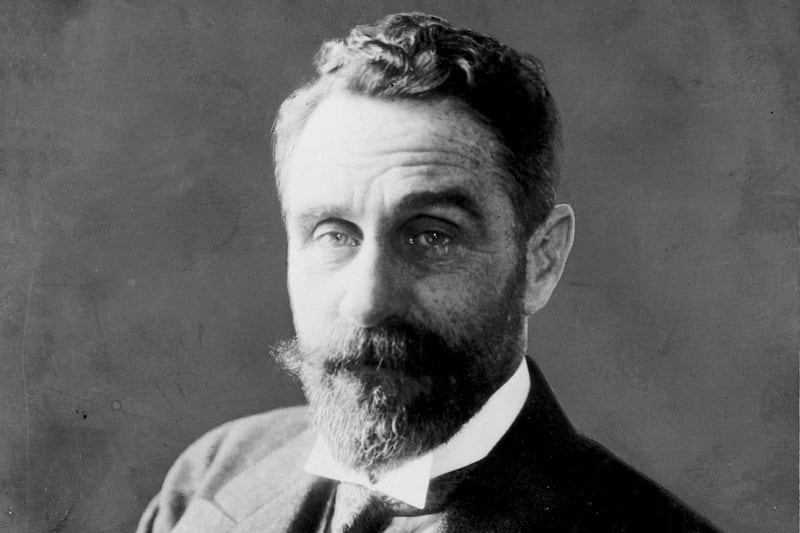A COMMEMORATION event remembering Roger Casement is to take place at the London prison where the Easter Rising organiser was executed and originally buried.
Saturday's wreath-laying ceremony at Pentonville Prison is being hosted by the Roger Casement Commemoration & Reinterment Association, ahead of the 107th anniversary of the diplomat's death.
The group, which is also hosting commemoration events in the north and Co Kerry in the days ahead, is continuing to campaign for Casement's wish over his final resting place to be fulfilled.
Casement was captured by British forces in Co Kerry on April 21, 1916, as he returned from Germany where he had procured weapons for the Rising.
Following his sentencing for high treason, the Dublin-born nationalist and humanitarian activist was executed by hanging at London's Pentonville Prison, before being buried under quicklime in the prison's yard.
However, in a letter to his cousin Elizabeth Bannister in the days before his death, Casement wrote of his desire to be laid to rest at Murlough Bay on the north Co Antrim coast.
Read more:
Berlin diary explains logic of Casement's ‘treason'
London plaque to mark location where Michael Collins was sworn into the Irish Republican Brotherhood
He had spent part of his childhood living with Ms Bannister in the area following the death of his father, and in the letter he described the picturesque region, writing of "the great panorama of island and hill and swirling waters that first made me realise what Ireland was to me".
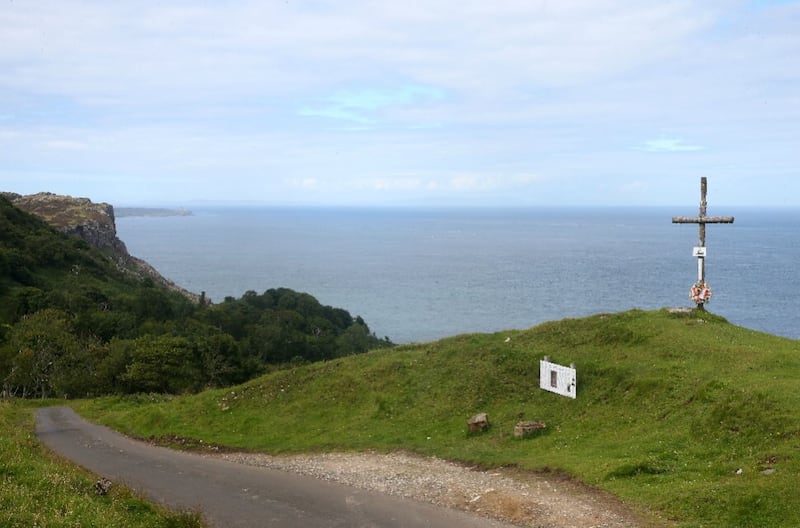
Campaigning by the Irish government finally led to Casement's remains being removed from Pentonville and repatriated to Ireland in 1965.
They were interred at Dublin's Glasnevin Cemetery, where other iconic figures from Irish history are buried, including Michael Collins and Charles Stewart Parnell.
However, the Roger Casement Commemoration & Reinterment Association say the campaign to bring his remains to Co Antrim aims to respect Casement's desire to be buried in an area he held close to his heart.
The group's Bob Murray said: "Éamon de Valera, as Taoiseach and later President, was said to have never held a meeting with any British government minister or representative without asking them for the return of Roger Casement's remains to Ireland.
"He managed to secure that, but we have a simple question - is it not time that the Irish people honor and respect the wishes of Roger Casement himself on the location of his final resting place?
"When Harold Wilson as British prime minister agreed to the exhumation at Pentonville in 1965, he did so on the condition the new burial site would not be in the north, so as not to enflame tensions. Now, as we mark 107 years since his death, we believe it's time to finally fulfill Casement's request."
Following Saturday's ceremony in London, the group will lay wreaths at both Banna Strand in Co Kerry, where Casement was intercepted, and at Casement Park in west Belfast on Thursday August 3.
A ceremony will later take place on Saturday August 5 at Murlough Bay.
Meanwhile, the Commemoration & Reinterment Association hopes to see a future memorial to the diplomat at Casement Park when the proposed new 34,500 GAA stadium is built.
"We will be campaigning for a permanent memorial to honor the man for whom the stadium will be named, and possible suggestions will include a life-sized statue," Mr Murray said.
"Such a memorial will be a fitting tribute to this incredibly important figure in our history."
